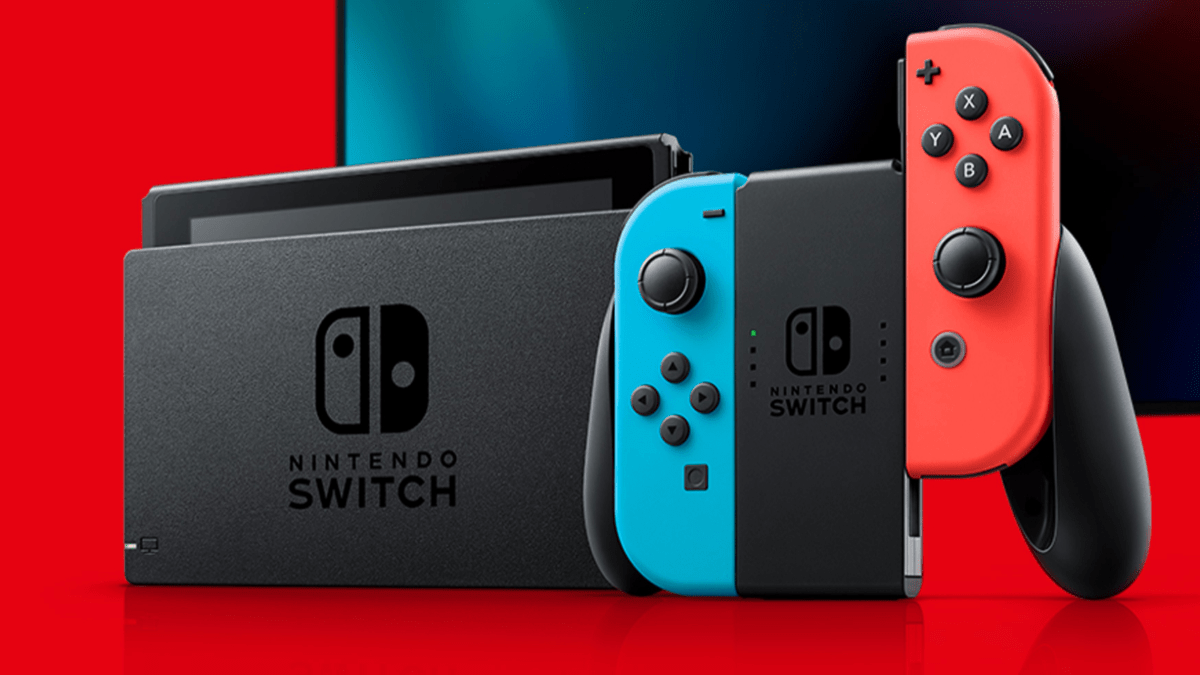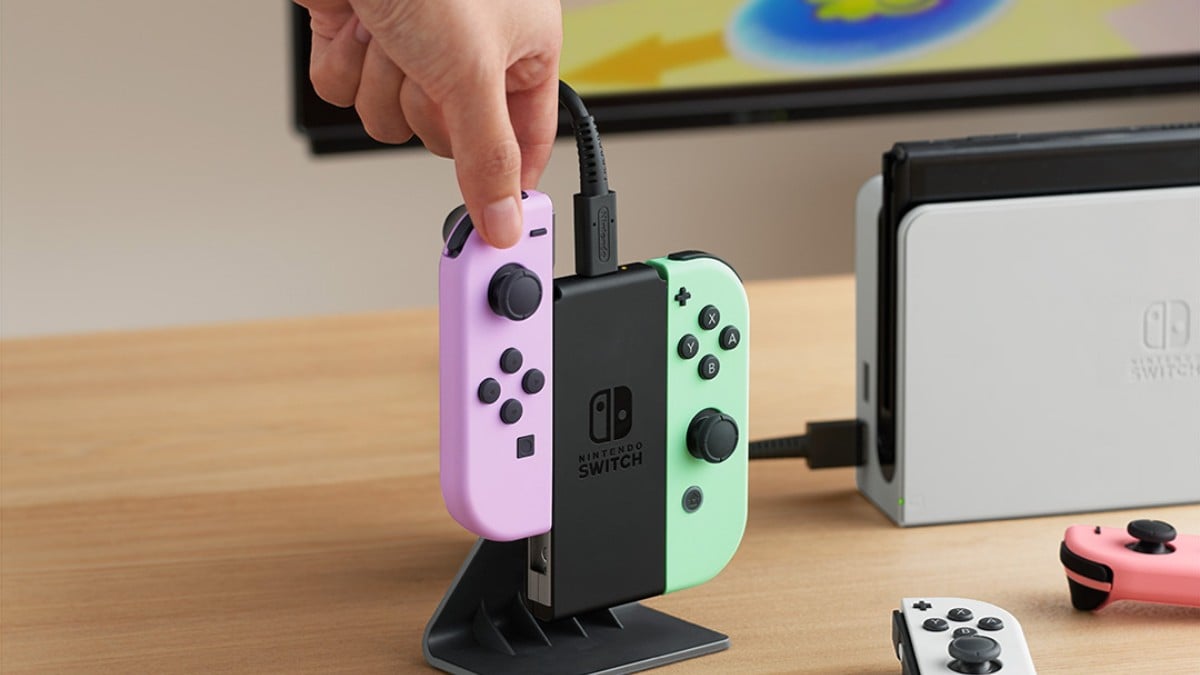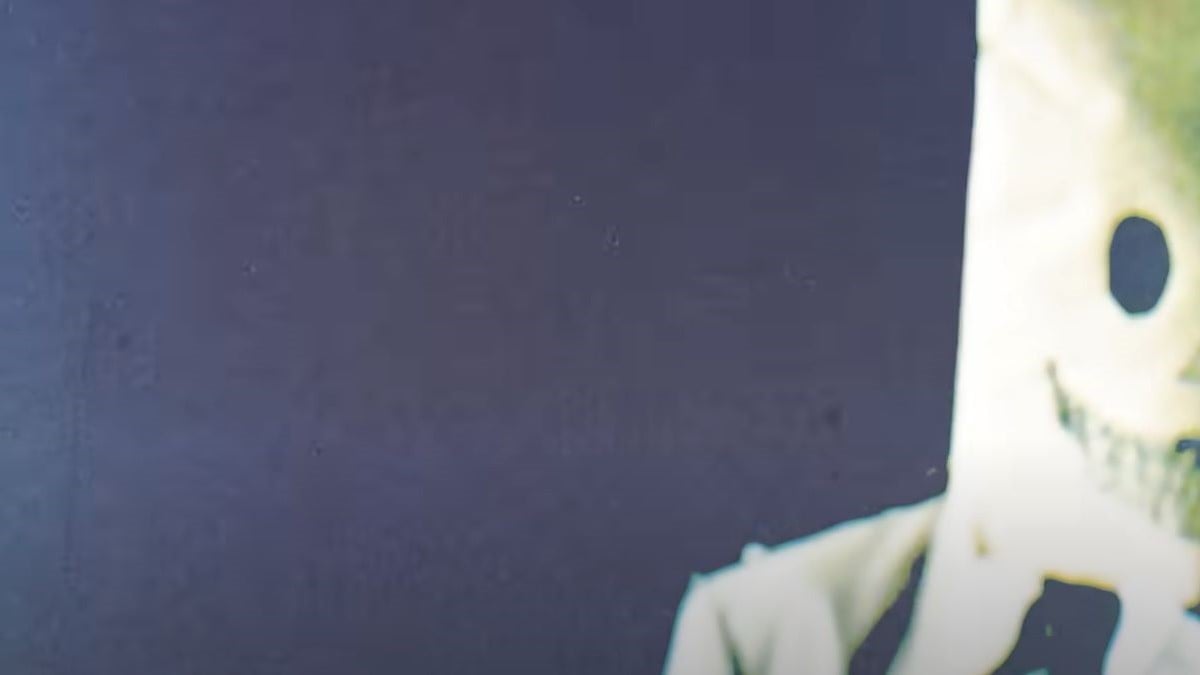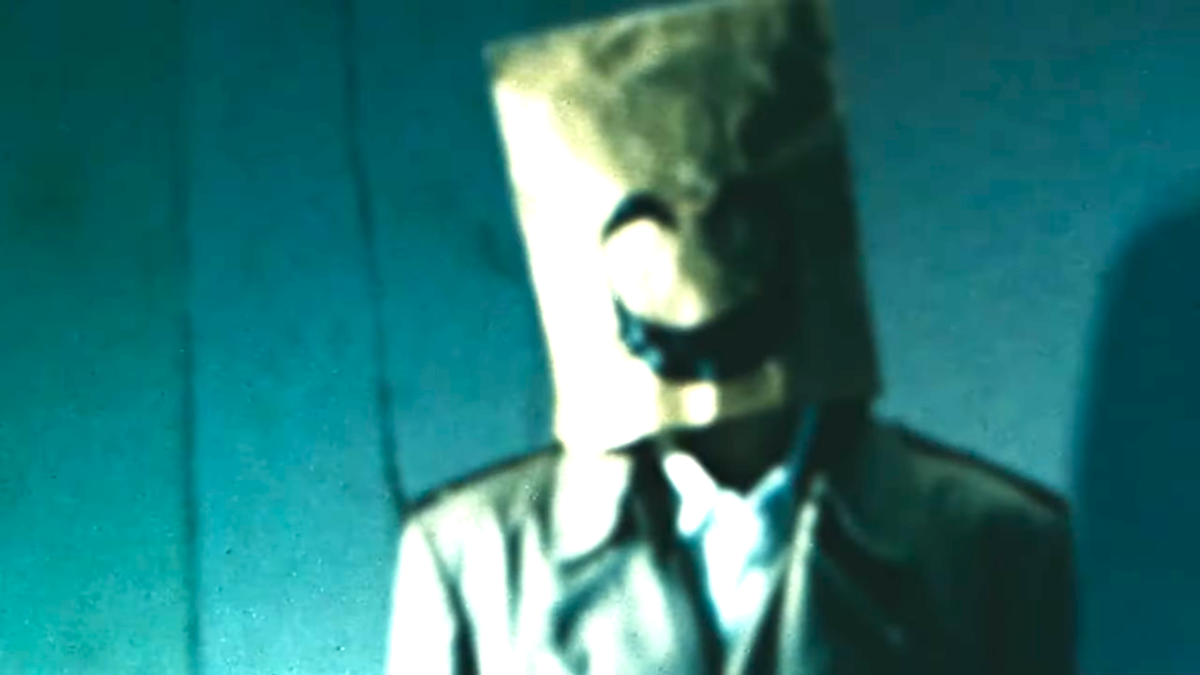
A new Legend of Zelda game is a lot like an oversized pile of gifts on Christmas. Sure, you could ravenously tear them all open at breakneck speed, but where’s the joy in that? The experience will end sooner, the thrill will be shortened – and most of all, the all-enveloping excitement and uncertainty as to just what lies behind that reindeer wrapping paper will abruptly cease to be. When I play Zelda, I always begin my journey swiftly, and as its conclusion draws nearer, I slow down. “Maybe I’ll just play for an hour today,” I’ll say. There’s one small, tightly wrapped parcel lodged around the back of the holiday tree, and I desperately don’t want to open it. Because then the experience will be over.
Of course, eventually with Zelda you do make a grab at the last gift, you do tear it open – and though it means the end of unexplored Hyrule for a number of years (especially if you’re only partial to the home console games), the payoff is usually superb. Despite their narrative simplicity, Zelda grand finales are some of the most powerful I’ve experienced, and have a way of imprinting their allegorical weight (which you likely filled-in yourself) on one’s mind that is not soon forgotten. In their own way, all Zeldas do this; and then there’s The Legend of Zelda: A Link Between Worlds.
It’s not to say that Nintendo’s latest Hylian caper doesn’t do these things, as that would be quite far from reality. It’s more that, in a way that I’ve not seen with the series for some time, Link Between Worlds manages to apply a unique and charming rub to near dozens of Zelda tropes and staples.

The biggest change, and also the most publicized by the gaming press, is Link’s ability to select the next branch of his journey at will. Though dungeons are familiarly scattered throughout Hyrule in similar locations to their Link to the Past doppelgangers (this is the same Hyrule we’re exploring, after all), the player has the ability this time around to explore and complete them in any order desired. This is dealt with mainly via a purple, anthropomorphic pseudo-chinchilla by the name of Ravio. Of course, Ravio’s anthropoid nature is merely hidden behind his mask, but it’s all just a part of the character’s charisma and undeniably charming allure. He’ll flail and squawk as he pedals you the best and rarest adventuring tools known to Hyrule, maintaining face but clearly relishing every last rupee that falls from your hand to his pocket.
Of course, the unique thing about the whole Ravio system is how it affects the overall Zelda progression. With the ability to rent any item from the energetic bunny at almost any time, new possibilities open up. It’s no longer about discovering which dungeon I must conquer next, but rather which dungeon am I in the mood for? Dungeons in A Link Between Worlds will intelligently account for this new freedom as well, which is a nice touch.
Haven’t rented the Sand Rod yet? Well, you might need to go grab one to progress past a particular area, but maybe you don’t – it’s just as likely to have an alternate solution that can be reached via the Hookshot or other key item instead. Not only does renting grant you freedom, but it actually expands your cognitive capacity to puzzle, as there’s no longer the assumption that the riddles of a particular dungeon are tailor-made for the key item you just uncovered within. Everything is on the table at any given time, and any combination of tools may be needed to progress. Though it may be a bit overwhelming for first-time Hylians, the concept of needing to consider the use of tools that aren’t even in your possession is a seriously advanced play mechanic. It makes the classic “aha!” moments all Zeldas are known for that much more rewarding.

As per usual with Nintendo, there are little to no loose ends, and the added challenge of item freewheeling is offset by a handy bauble known as the Hint Goggles. Throw these guys on, and you’ll gain access to a sort of fourth dimension, where helpful ghosts can be seen. It’s actually a cool and eerie visual effect, and the ghosts are as informative as the whole thing is bizarre. Personally, I tried to avoid goggle use as much as I could, but for players who don’t even know what a Sand Rod is, nevermind that they need to acquire one to progress, it’s a perfect solution.
There are two gameplay schemes left to discuss, one of which I’m a fan and one of which I’m more or less impartial to. The first is one of Link’s main new puzzling abilities – he can morph into a 2D drawing at any time, and move across walls and flat surfaces at will. This ability is definitely cool, and makes for some initial mind-bending early on as you’re forced to consider how it might work itself into the game’s many unsolved mysteries. In the end, though, it may as well just be another item. It’s no Wind Waker, it’s no Ocarina, and honestly, it’s not even really a Pan Flute from Spirit Tracks or a Harp from Skyward Sword. The 2D painting mechanic is fun, but if it had just been a random item in a chest rather than the game’s flagship ability, it would be just as well.
Of course, like its forebear A Link to the Past, A Link Between Worlds contains – you guessed it – multiple worlds, or multiple versions of Hyrule at least. Unlike in Link to the Past, though, Lorule can’t just be accessed at any time – it can be reached through “cracks” in the fabric of time and space, or something. At first I found this extremely limiting – isn’t the crack itself a dead obvious indicator that the puzzle at hand requires meddling of some kind in Lorule?

Over time, though, I came to appreciate the way the system works. It honestly at times felt a little bit more like the Twilight Realm from Twilight Princess than anything else. It’s not meant to be an always-accessible mirror, but rather a dark reflection to be experienced for more than just its gameplay implications. Lorule is, I came to realize, starkly and unsettling beautiful, both visually and conceptually, and to me appreciation for it comes not just from its effect on play but also its place in the Zelda narrative at hand, and the experience of just “being” there. With this, your mileage will probably vary.
A Link Between Worlds is unlike any Zelda game I’ve played recently, and actually, surprisingly unlike A Link to the Past as well. If anything, it harkens back to something like The Minish Cap: a true top-down Zelda experience, in a modern context, with engaging and direct storytelling and to-the-point execution. Ravio and item rental assure that the experience is a far cry from Zelda by the numbers, and as I explored this Hyrule’s vast, clay-like, and oftentimes mysteriously saccharine overworld, I realized that I felt the way every Zelda adventurer hopes to feel: I felt empowered.
Though lacking the poignant narrative of Skyward Sword, and somewhat foregoing the invigorating sense of exploration of A Link to the Past before it (objectives are often marked on your map), The Legend of Zelda: A Link Between Worlds is a Zelda game that both takes risks and puts near-absolute control squarely in the hands of the player. As the first series entry to consciously and successfully implement foundational change to the Zelda formula in years, it deserves very high recommendation. The fact that it still manages to be an engrossing and affecting experience — as most Zeldas are — is sweet, sweet icing on the cake.
This review is based on the 3DS exclusive, which was provided to us.








Published: Nov 28, 2013 10:36 am